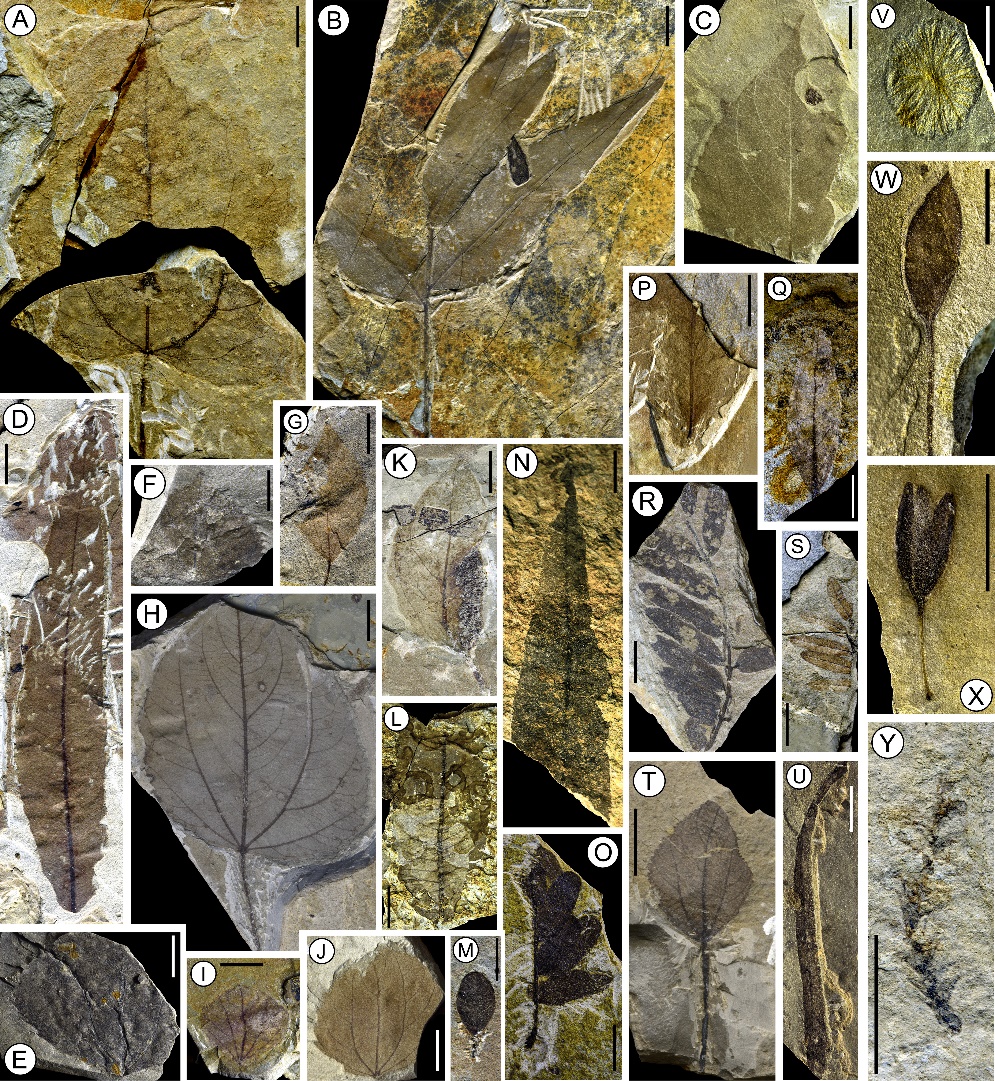

The Paleogene environment of today's semi-arid and arid Central Asia is poorly quantified and knowledge of the paleoelevation of northern Tibet remains elusive, yet both are crucially important for understanding inter-relationships between growth of the Tibetan Plateau and Asian monsoon development. Here, we apply the Climate-Leaf Analysis Multivariate Program (CLAMP) and moist enthalpy method to the newly discovered early Oligocene (30.8 Ma) fossil leaves from the Qaidam Basin, to reconstruct quantitatively the paleoclimate and paleoelevation of this critical part of northern Tibet. We find the Qaidam Basin floor vegetation was likely at ~3.3 ± 1.4 km in the early Oligocene, similar to that of the present basin floor but higher than the rising Himalaya at that time, and experienced a temperate, moderately wet climate. Near-freezing (1.4 ± 3.5 °C) winters accompanied cool summers (~23 ± 2.9 °C). Annual precipitation likely exceeded 1000 mm (growing season precipitation of 1229 ± 643 mm) with subdued (non-monsoonal) seasonality in which summers were drier than winters. This finding challenges geodynamic models that envisage a Miocene or later uplift of northern Tibet and progressive uplift from the south.
Paper information:Song Bowen*, Spicer R.A., Zhang Kexin*, Ji J., Farnsworth A., Hughes A.C., Yang Y., Han F., Xu Y., Spicer T., Shen T., Lunt D.J., Shi Gongle*, 2020. Qaidam Basin leaf fossils show northeastern Tibet was high, wet and cool in the early Oligocene. Earth and Planetary Science Letters 537, 116175.
Link:https://authors.elsevier.com/a/1aey5,Ig4Kpg3

Fig 1. Early Oligocene Qaidam plant fossils